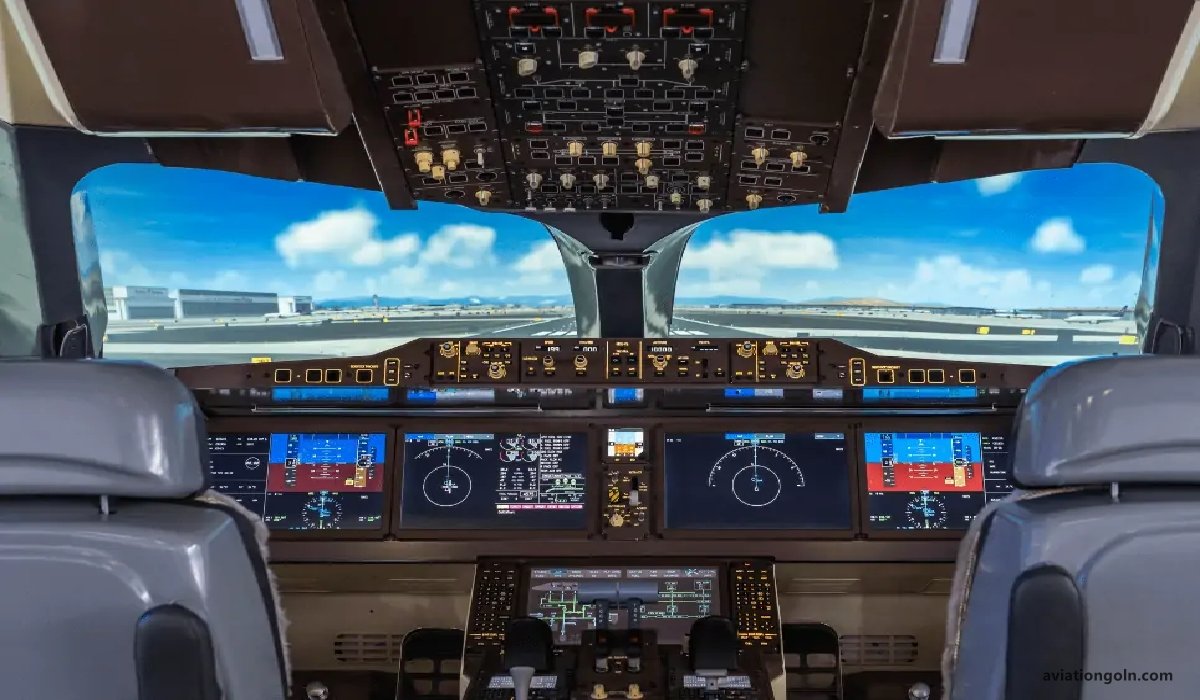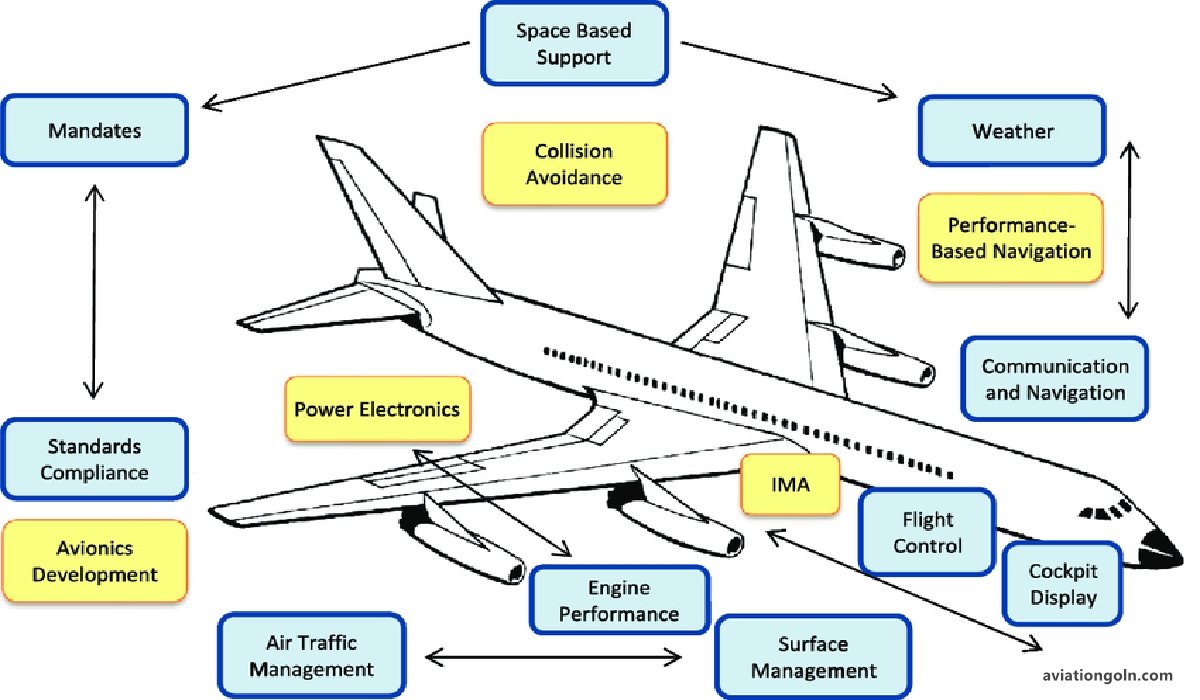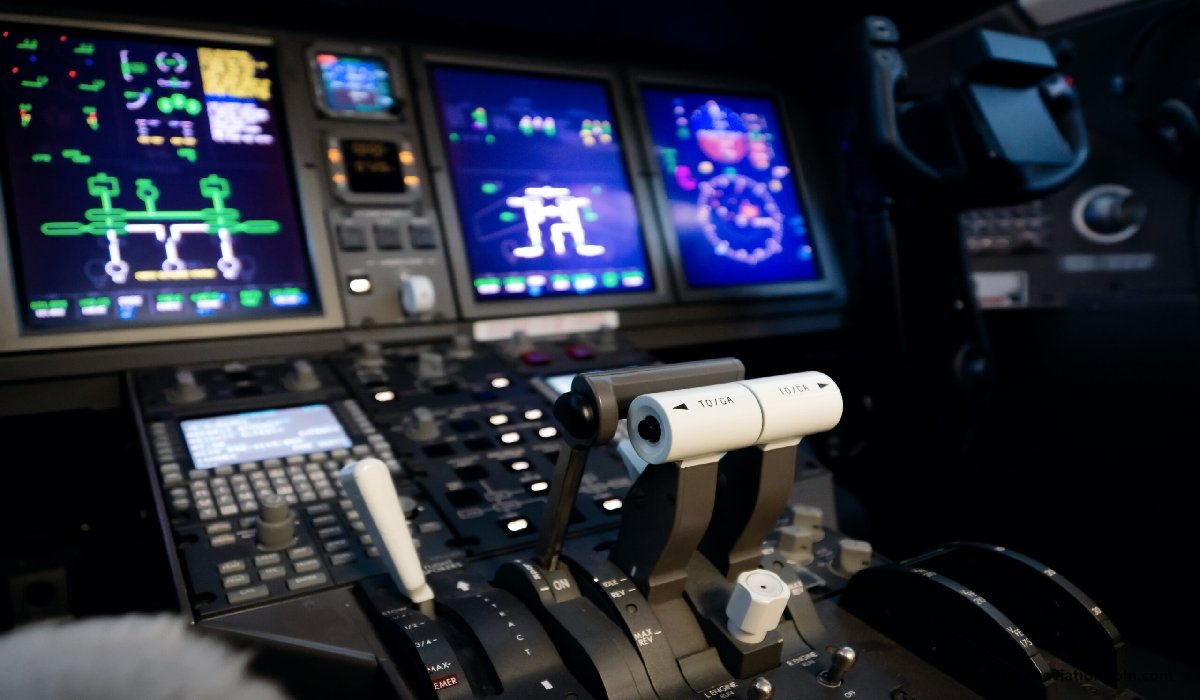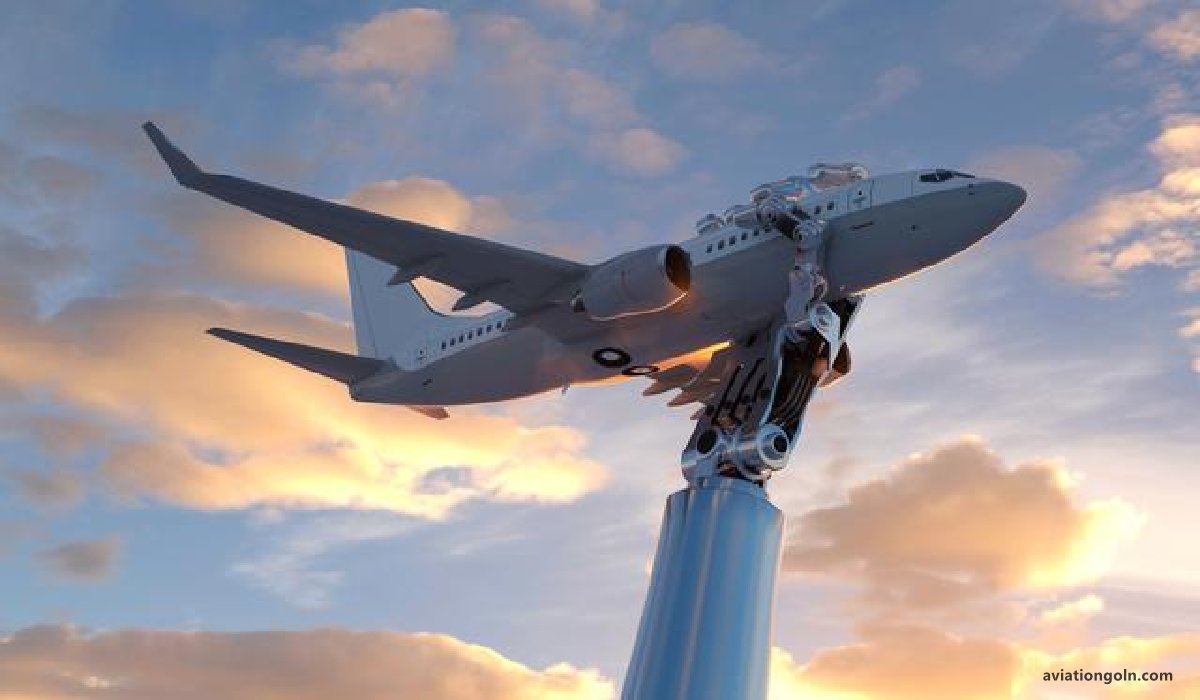The Importance of Avionics Systems, In the intricate and multifaceted realm of aviation, avionics systems stand out as a paramount component that ensures the safety, efficiency, and operability of modern aircraft. From the small aircraft used for general aviation to the large commercial planes that shuttle hundreds of passengers across continents, avionics plays a pivotal role in the functionality of these vessels. This article seeks to explore the significance of avionics systems, their components, the challenges faced, and the future prospects.
The Importance of Avionics Systems
1. Understanding Avionics
Definition: Avionics is a portmanteau of “aviation” and “electronics”. It encompasses all the electronic systems used on aircraft, artificial satellites, and spacecraft.
Avionics is a broad term that includes a myriad of systems such as communication, navigation, the display and management of multiple systems, and the hundreds of systems that are fitted to aircraft to meet individual roles. These can be as basic as a searchlight for a police helicopter or as intricate as the tactical system for an airborne early warning platform.

2. The Essential Components of Avionics Systems
a. Navigation Systems: They help pilots determine their position and direction. Examples include the GPS (Global Positioning System), VOR (VHF Omnidirectional Range), and INS (Inertial Navigation System).
b. Communication Systems: They allow pilots to communicate with air traffic control, other aircraft, and their home bases. This includes radios and satellite communications.
c. Monitoring and Flight Control Systems: Instruments that monitor the aircraft’s performance such as altimeters, gyros, and autopilot systems fall into this category.
d. Weather Systems: These systems provide pilots with real-time weather information, such as weather radars and lightning detectors.
e. Collision Avoidance Systems: Systems like TCAS (Traffic Collision Avoidance System) and GPWS (Ground Proximity Warning System) help in avoiding mid-air and ground collisions respectively.
f. Display Systems: This refers to the screens and interfaces pilots interact with, from traditional dials and gauges to modern glass cockpits.

3. The Evolution of Avionics Systems
From the inception of flight, there was a clear need for instruments to guide pilots. As the years progressed, so did the complexity and capability of aircraft, demanding even more sophisticated avionics systems. The 20th century witnessed a transition from basic mechanical instruments to digital systems, transforming the cockpit’s look and feel.
One pivotal point in avionics history is the shift from analog to digital systems, leading to the development of the “glass cockpit.” This reduced the pilot’s workload, provided clearer information, and streamlined the decision-making process.

4. Significance of Avionics Systems
a. Enhanced Safety: Avionics ensures that aircraft are operated safely by providing crucial information to the pilot, automated systems that can take control in certain circumstances, and systems that can anticipate and mitigate threats.
b. Efficiency and Economy: Modern avionics systems, such as flight management systems, help in planning efficient routes, saving fuel, and ensuring timely arrivals.

c. Reduced Workload for Pilots: Automation and better interfaces simplify many tasks, allowing pilots to focus on overall situational awareness.
d. Compliance with Regulations: To fly in most controlled airspace, aircraft need to have specific avionic equipment on board.

5. Challenges in Avionics
a. Integration with Older Systems: As aviation technology advances, integrating new avionics with older, legacy systems can be a challenge.
b. Cybersecurity Threats: As avionic systems become more connected, they become susceptible to cyber threats.
c. Rapid Technological Changes: The swift pace of technological advancement means avionics systems can quickly become outdated.
d. Cost: High-end avionics systems can be prohibitively expensive for some operators, especially in general aviation.

6. The Future of Avionics
Unmanned Aerial Vehicles (UAVs): The rise of drones and UAVs is driving new avionic system developments, especially in terms of autonomous flight and anti-collision systems.
Integration with Artificial Intelligence (AI): AI can be used to analyze vast amounts of data quickly, predict potential issues, and even take corrective actions.
Augmented Reality (AR) and Virtual Reality (VR): These technologies are poised to redefine pilot training and the in-flight experience.
Green Avionics: With the increasing focus on sustainability, future avionic systems will prioritize fuel efficiency and reduced emissions.

The realm of avionics is both dynamic and vital. As the backbone of modern aviation, avionics systems ensure that flights remain safe, efficient, and in compliance with global standards. With the horizon of aviation technology ever-expanding, the significance of avionics will only become more pronounced, making it a cornerstone of future air travel.
Read more:
